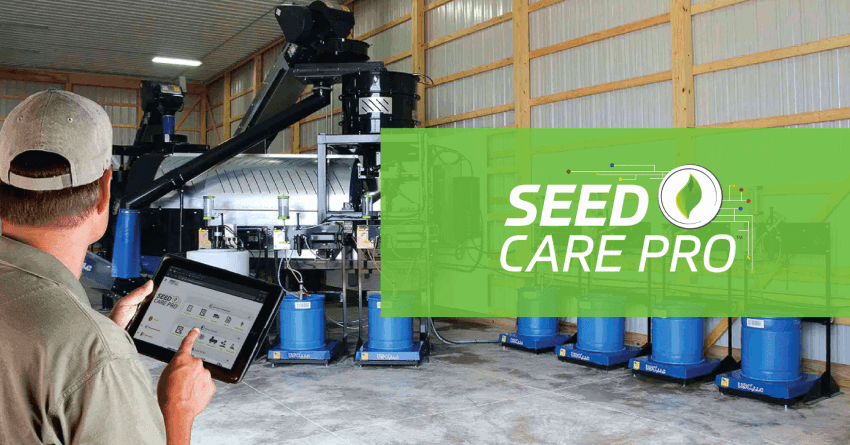Being Right And Able To Show It
In July, we held another InfoAg Conference in Springfield, IL — the 10th in the long-standing series which started in 1995. InfoAg is the largest educational meeting organized by the International Plant Nutrition Institute (IPNI) in North America. We partner with CropLife Media Group for the conference, who handles the exhibits and sponsor recruitment as well as much of the promotion. Judging from the attendance, which exceeded 700, the over 80 exhibitors and the numerous positive comments about the event from the attendees, it appears to have been a great success.
In case you have never attended an InfoAg Conference, it is basically a conference on precision agriculture designed for those that provide or use precision ag technology or approaches. It covers all aspects of agriculture, a much broader set of topics than plant nutrition (www.infoag.org/program/1/ for program details including most of the presentations). For example, one of the most popular sessions this year was on variable-rate seeding.
Why InfoAg?
So why is a plant nutrition scientific institute funded by the plant nutrition industry serving as the lead organizer of such an event — an event that covers many topics beyond plant nutrition? Most would agree that it is a great event, but is InfoAg RIGHT for IPNI? We find the answer to this question in our 4R Nutrient Stewardship framework. Applying at the right source, rate, time and place form the center interlocking core of the framework diagram.
However, between these 4Rs and myriad performance indicators of interest to stakeholders, is the “cropping system.” The need for and “performance” of nutrient sources is greatly influenced by the quality of management of the cropping system in which they are used. For example, having a sufficient number of plants present in productive areas of the field, while not having too many in less productive areas, may well have as much to do with efficient and effective nutrient use as does what we do in nutrient application. InfoAg offers an opportunity to present 4R Nutrient Stewardship within the appropriate context of right-managed systems employing the best technology and practices our current industry and its supporting science can provide.
The Future Of Fertilizer
Realizing the impact of all cultural practices on the efficiency and effectiveness of applied nutrients is becoming more critical to the future of the fertilizer industry. Traditionally, nutrient management has largely been assessed by inventorying the practices being employed. If nutrient best management practices (BMPs) are in place, we generally feel we are doing our job and all is well. However, EPA and others today are more likely to look at existing water or air quality and their trends and back up into farms using instruments like “numeric nutrient criteria” or total maximum daily loads (TMDLs). When water quality trends are not positive, the mantra heard is “voluntary adoption is not working” and the push for regulation intensifies. All this makes measurement of nutrient performance critically important to help avoid excessive future regulation and that performance is influenced by how we practice both nutrient management and general crop production. Forgetting fear of regulation, such measurements are useful in guiding the continuous improvement of our management over time.
Some performance measures are in the realm of researchers because they require replicated experiments, the determination of the nutrient content of crops grown, or actual measure of nutrients lost from the field. However, others are easily calculated for fields or areas within fields using commonly available records. These include the bushels of crop grown per pounds of nutrient applied or estimates of nutrient balance where the nutrients applied as fertilizer or manure are compared to the nutrients removed in crop harvest. Monitoring such indicators, both spatially and over time, can provide valuable insights into the direction of nutrient use efficiency and performance. Precision technologies greatly facilitate that process.
So facilitating the application of the right nutrient source at the right rate, time and place in right-managed systems should be a primary goal of the fertilizer industry. But we must also be able to show that the resulting practices were indeed right by measuring their contribution to system performance.






